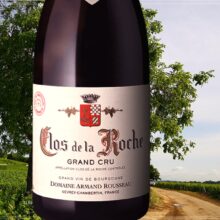
Product information
Domaine Armand Rousseau Grand Cru ‘Clos de la Roche’ 1999
Pinot Noir from Gevrey-Chambertin, France, Côte-de-Nuits, Burgundy
Description
Price on Application – Contact us.
An exceptionally pretty, even perfumed nose is still relatively primary with its combination of various red berries, earth and soft earth and leather nuances. There is excellent size and weight to the seductively rich but overtly powerful big-bodied flavors that deliver outstanding length where the only minor nit is a touch of warmth. This remains notably robust and will need at least another 5 to 10 years to arrive at its full peak. In a word, impressive.
Allen Meadows, Burghound 94 Points Tasted May 2018 Drink: Try from 2024+
The 1999 Clos de la Roche from Armand Rousseau went through an awkward youth, when it felt hard and rather disjointed. Now with 15 years on the clock, it is showing better than it used to. The nose is broody and taciturn at first, eventually revealing dusky, brambly red fruit with hints of cola and soy. The palate is medium-bodied with a fleshy core of red fruit and well-judged acidity. The tannins are much finer than I recall, having softened with time, and there is an appealing weightless intensity toward the finish. No, it is not one of the Charles Rousseau’s best 1999s, but it is finally beginning to show its class.
Neal Martin, The Wine Advocate 92 Points Tasted Jan 2014 Drink now-2020+
Full ruby-red color. Ripe, vibrant aromas of black cherry, smoked meat, mocha and coffee. Silkier on the palate than the Mazis, with cherry and licorice flavors. This, too, shows rather pronounced acidity, but has the texture to support it. Finishes bright, long and tight, with noticeable acids and firm tannic spine. Needs considerable time in bottle but offers excellent potential.
Stephen Tanzer, Vinous 89+ Points Tasted Mar 2002
Provenance: Purchased on Release ~ Official Australian Importer ~ Climate Controlled Cellar. Bottle shots below show fill height and condition.
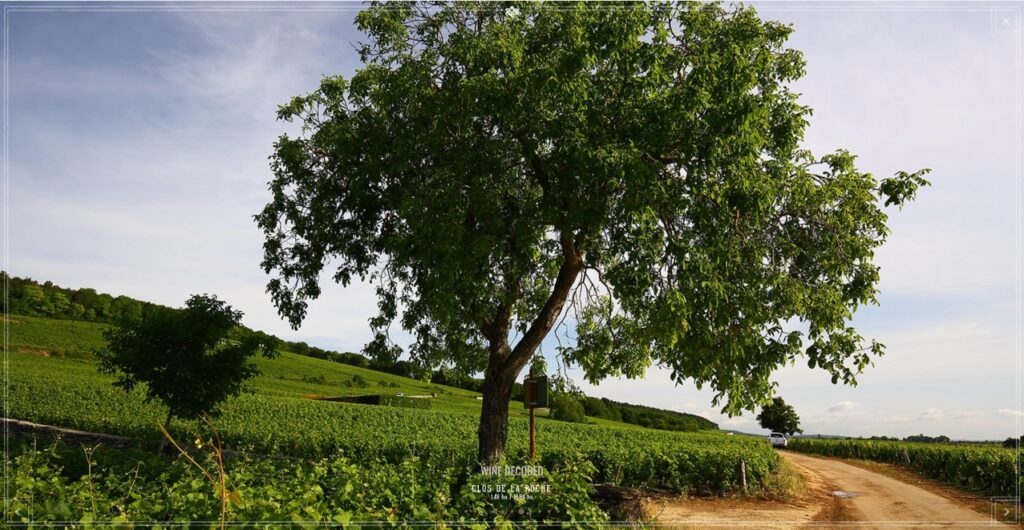








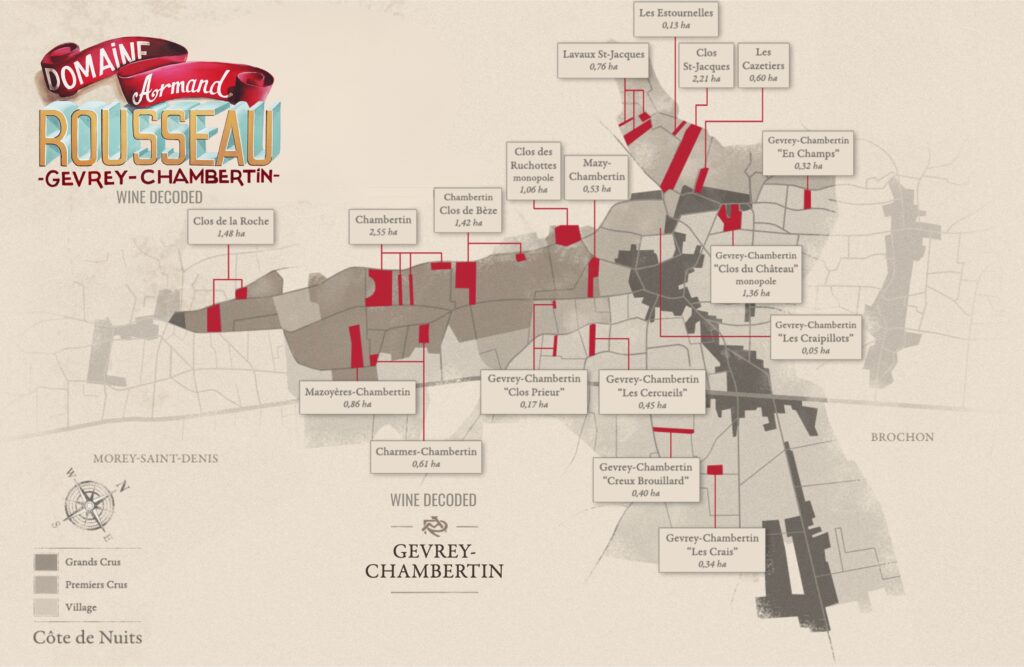
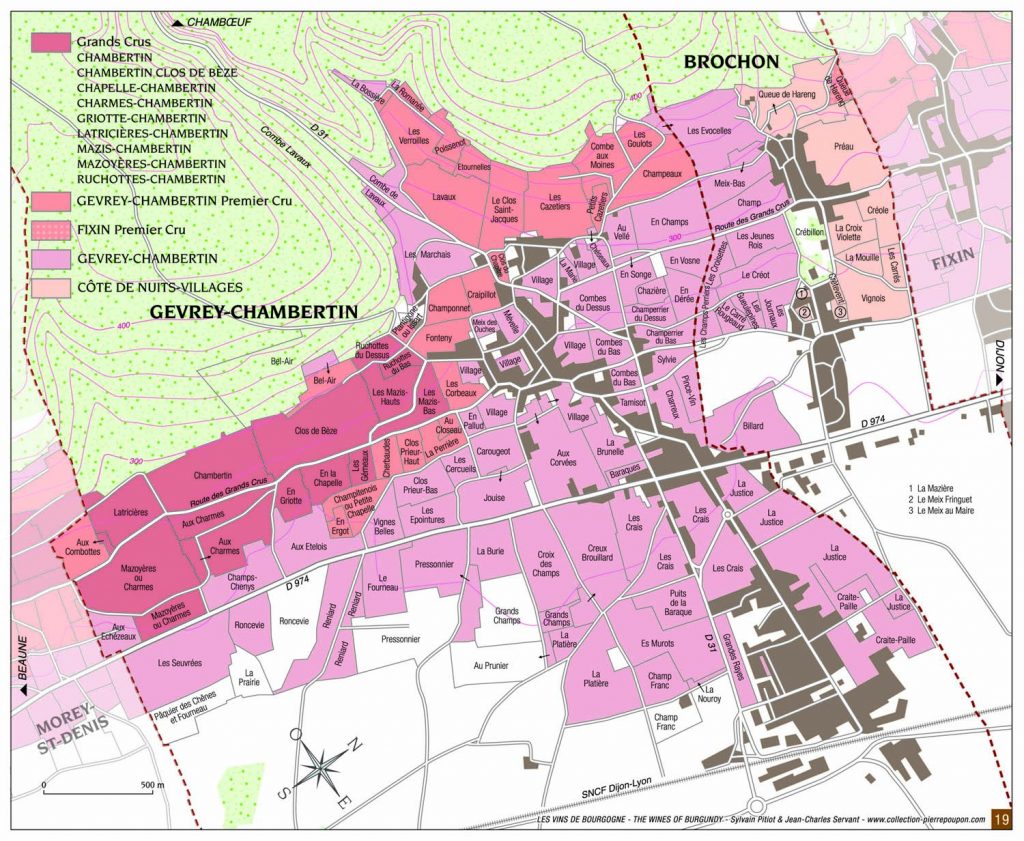
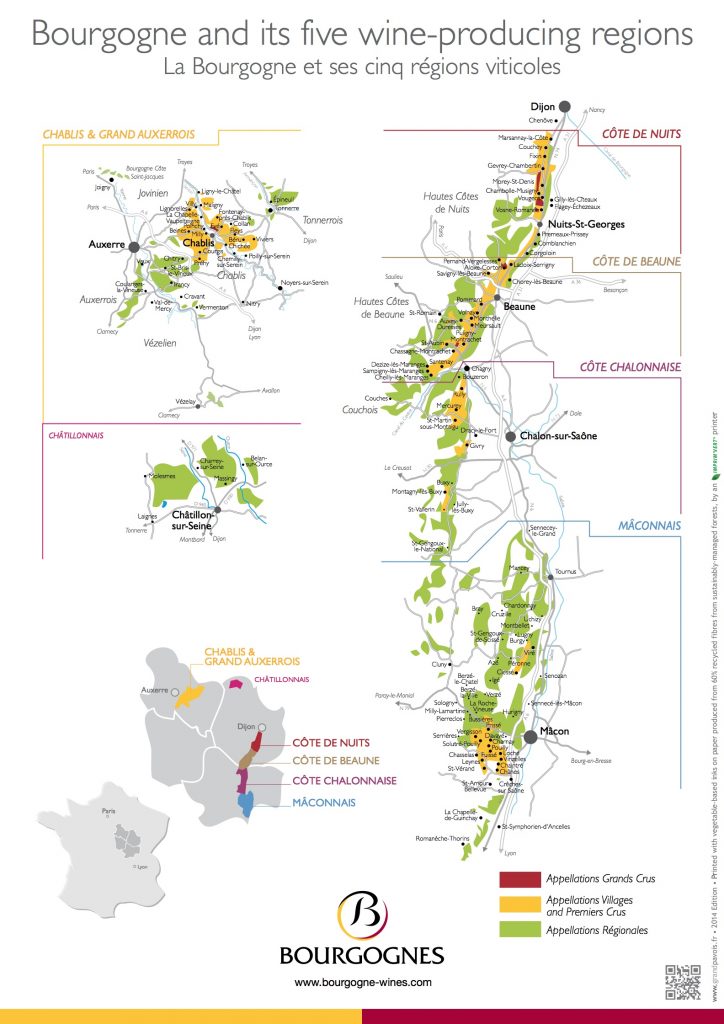
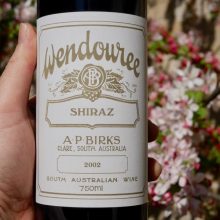
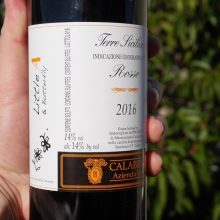
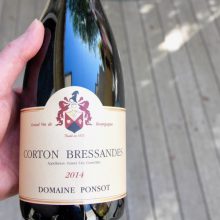
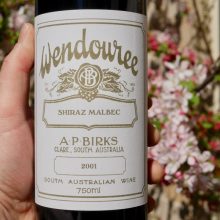
You must be logged in to post a comment.